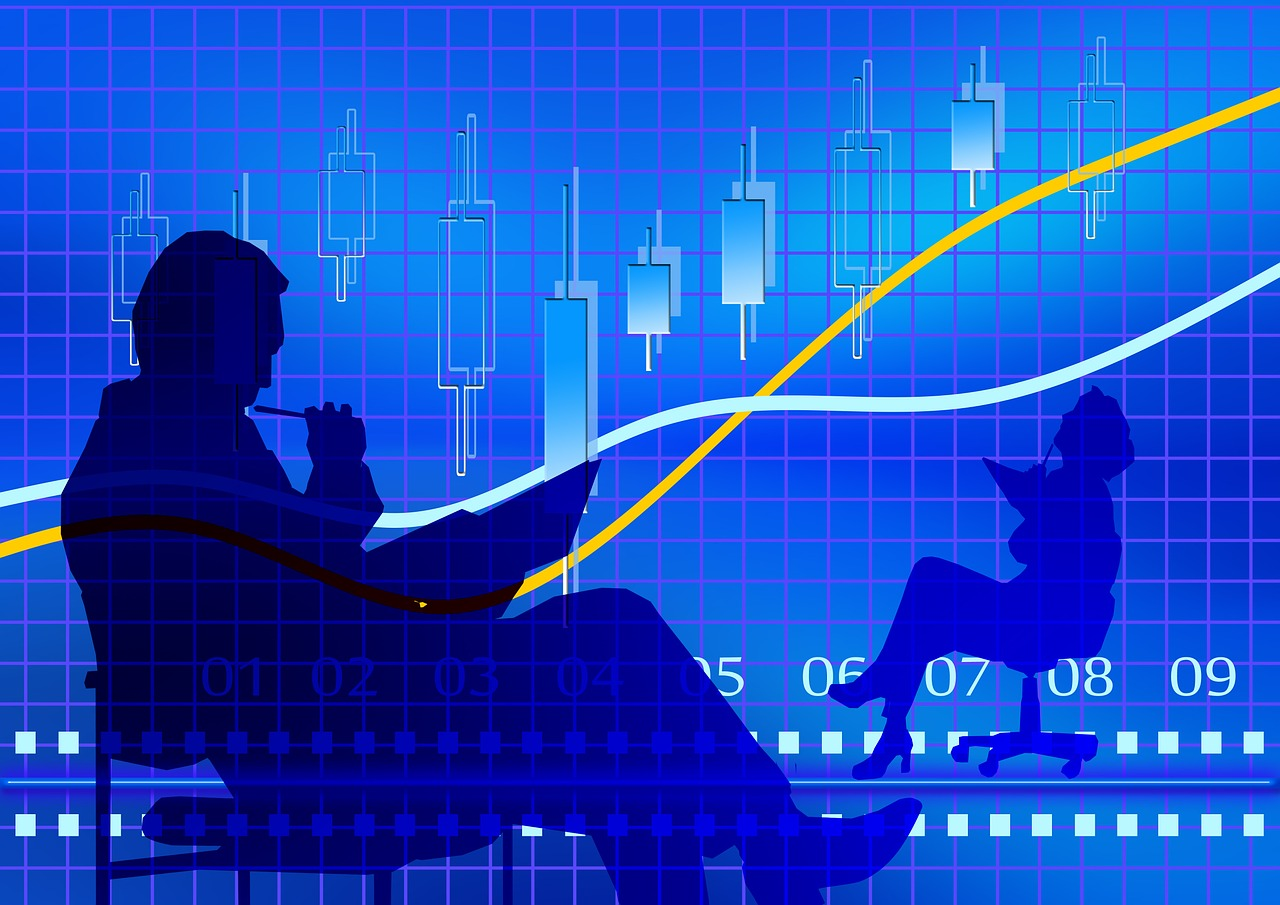
Forex trading is an act of buying or selling one currency against another. Many traders try to speculate the ongoing price action of currencies and execute their strategy to profit in this financial market. The varying volatility created by the participation of banks, hedge funds, and retail traders is one of the primary bread and butter of investors. The overall trading volume of this market beats all the others by a significant margin. Almost $6 trillion is exchanged in the forex market each day.
Forex Pairs
Forex pairs consist of two currencies, where the first one is called the base, and the second is the quote. There are two types of currency pairs, i.e., major and minor. The former contains the USD paired with any other major coin, while in the latter, the currency pairs do not include the United States Dollar.
Major Factors Affecting Movement of Currencies
There are several economic factors that guide the movement of currencies. A few important ones are listed below:
- Interest rate
- Inflation
- Employment figures
- GDP
- Political influences
Other than these, some technical factors govern price movement, such as trend lines, Fibonacci intervals, supply and demand zones, etc. Market sentiment also plays an important role in the direction of a currency pair.
Trading Sessions
Forex trading is done during various market sessions or periods which contribute varying volatility or liquidity. They are named according to the time when the banks in respective countries are open. For, e.g., the Newyork session starts from 8 am EST to 5 pm EST. During this duration, significant volatility is seen in major pairs as they contain the USD. Tokyo, London, and Sydney are noted market sessions in forex trading.
Important Terminologies In Forex Trading
As a trader, it is important to understand some terminologies regarding forex trading:
- Broker. A broker or exchange is the company that carries out your buy and sell executions. As soon as you place an order, it goes straight to the brokerage, which carries out the command with the help of liquidity
- Pip. Pip is used to refer to a change in the value of currency pairs. Traders are seen measuring their stop losses and take profit in the value of pips.
- Lots. Lots represent the position size at which a trader wants to trade the market. An increased lot size will allow you to profit more but at the same time will add more risk to the position.
- Ask and bid price. The asking price is where it is possible to buy an asset while the bid price is provided for selling. The difference between ask and bid price is called the spread. Some brokers will have their fees built into the spreads.
- Leverage. Leverage or margin is one of the important terms in forex trading. It is borrowed money from a broker that a trader can use to trade. Doing so can allow a market participant to open bigger positions but it will also add to the risk.
FAQs
What are the differences between forex and stock trading?
The forex market is available 24 hours 5 days a week, non-stop, while the stock market is limited to certain hours only when the relative exchange is open. The trading volume of forex is significantly higher at $6 trillion each day.
Are there any drawbacks to forex trading?
There are no major drawbacks in trading the forex market if one employs proper risk management, psychology, and strategy. Practicing the art of trading currencies is one way to achieve success.
What are forex trading robots?
Forex trading robots are automated algorithms that carry out buy or sell executions and provide signals based on the coded information. There are different types of expert advisors such as scalpers, night traders, grid, martingale, day trading, etc.
You may be interested in: Forex Trading Basics for Beginners


No comments:
Post a Comment